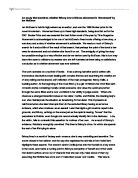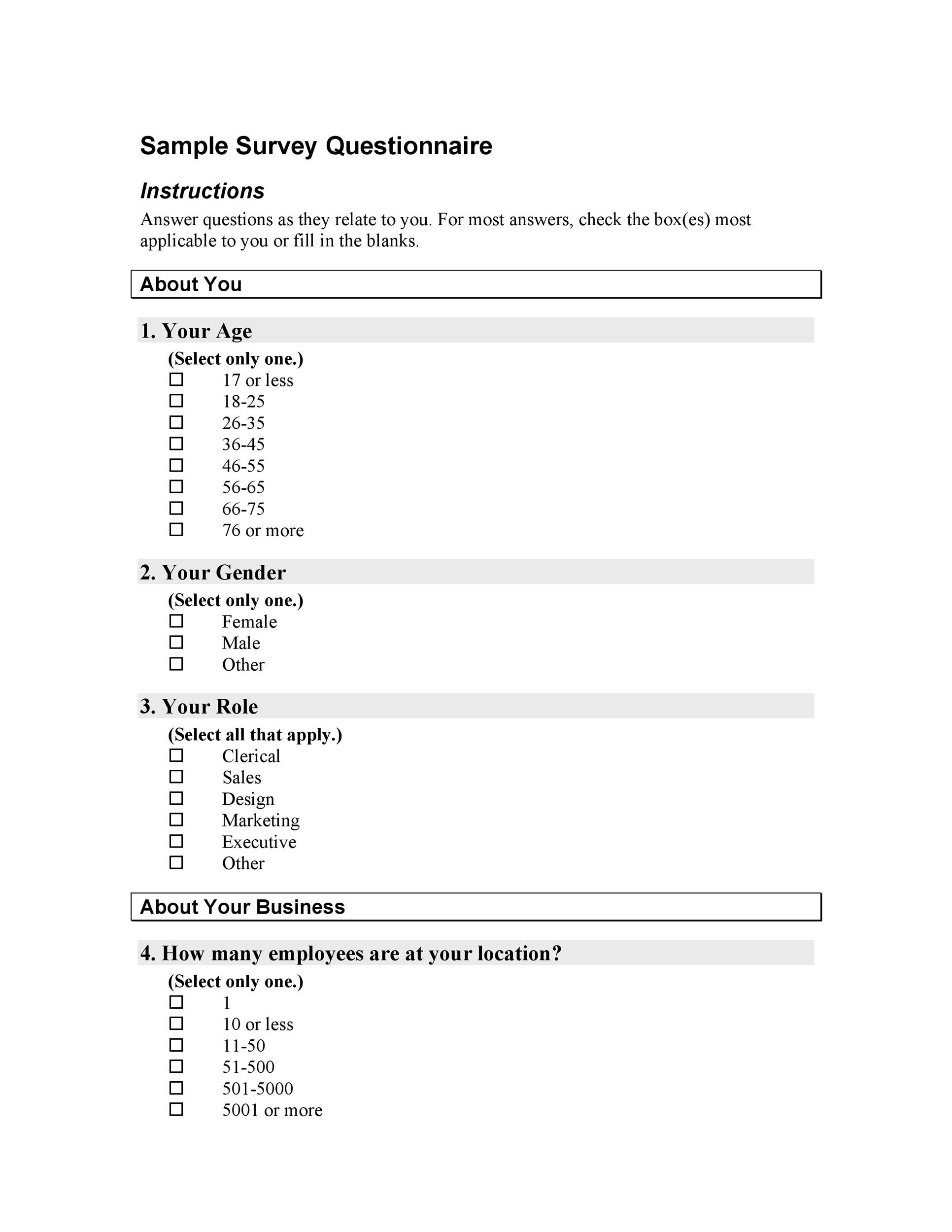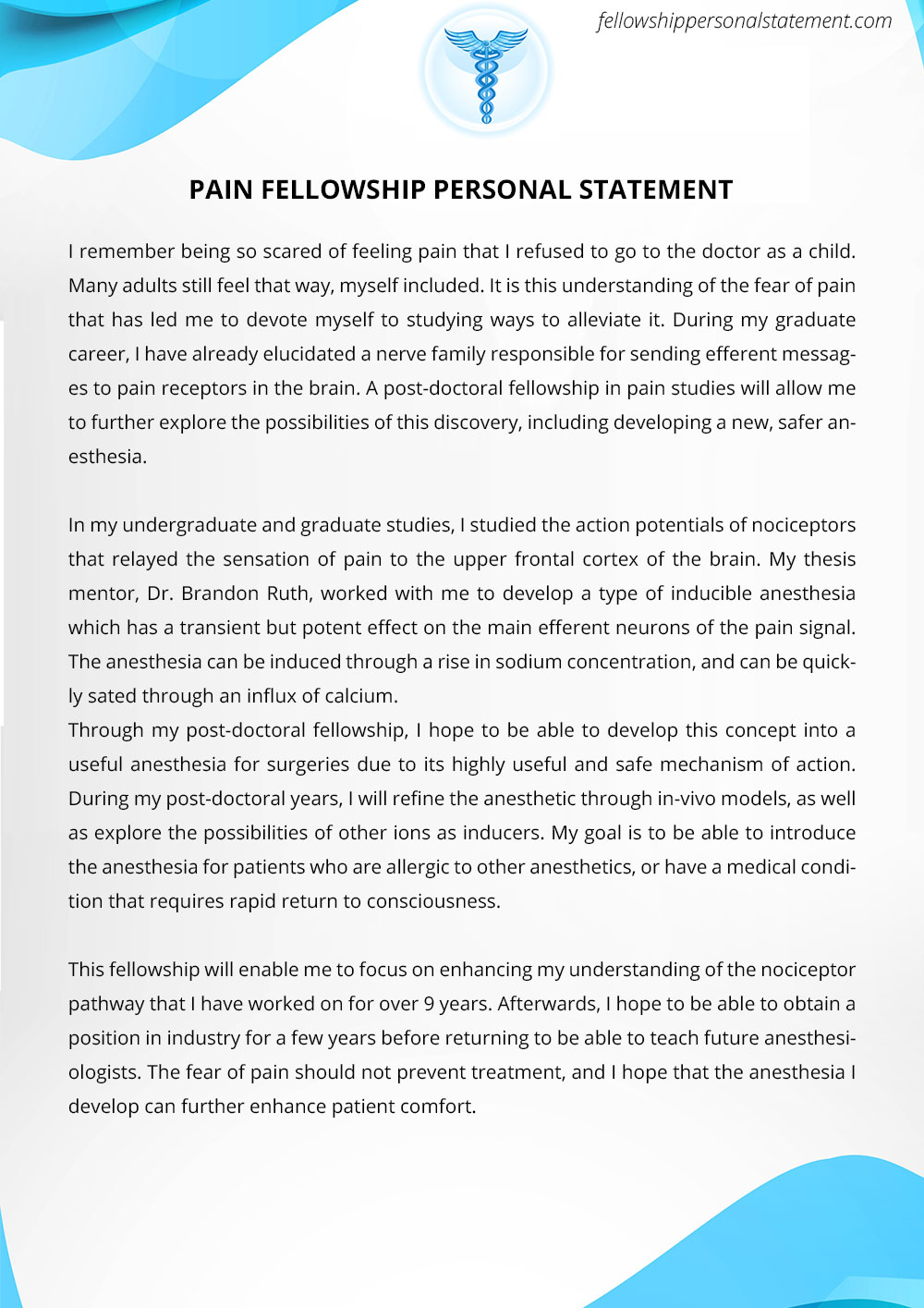Practical - Lab reports 1-8 - Introduction to Microbiology.
A hypothesis is a tentative statement that proposes a possible explanation to some phenomenon or event. A useful hypothesis is a testable statement which may include a prediction. The key word is testable. That is, you will perform a test of how two variables might be related. This is when you are doing a real experiment. You are testing variables.
Introduction Microorganism is an organism that is microscopic or submicroscopic, which is too small to be seen under naked eyes. However, the numbers of microorganisms in a given sample are required to know in certain aspect such as dairy industries, diseases investigation, and so on. Because of this, a variety of methods have been developed.

How to Write an Introduction for a Lab Report The introduction plays the same role as the objective of assignment associated with the investigation. The opening paragraph is developed to interpret the goals of the experiment.

UNKNOWN LAB REPORT. Unknown Number 109. Tyler Wolfangel. April 29, 2014. BIO 203-604 Introduction. The study of microbiology requires not only an academic understanding of the microscopic world but also a practical understanding of lab techniques and procedures used to identify, control, and manipulate microorganisms.

Unknown Lab Report Unknown “C” Alexa McCamey 1 May 2017 BIOL 2420. Unknown Lab Report: Unknown “C” Introduction. It is important to know the identity of microorganisms for knowing how bacteria works and how it is structured means knowing how it can affect humans.

INTRODUCTION Gram staining is the most essential and universally used staining technique in bacteriology laboratory. Gram-staining was firstly introduced by Cristian Gram in 1883.This method is used to distinguish between gram positive and gram-negative bacteria which have consistent differences in their cell walls. gram-positive bacteria.

Five Steps On How To Write a Good College Lab Report. Whether you are studying chemistry, biology, microbiology or physics, writing high-quality lab reports is a crucial part of your academic studies. Aspiring scientists and students need a good laboratory report when they’re inventing something, prove facts, or elaborate on findings.

Laboratory reports and lab books. Many schools have a clear view of how they would like you to write-up and present your practical work so ensuring that you follow their guidance is important. It is usual to write your report under a set sequence of sub-headings such as, for example: Introduction.

Stated succinctly, in a lab report, you provide accurate and factual information about research. Steps for Writing a Lab Report. Determine the structure of your lab report. Lab reports consist of five sections: an abstract, an introduction, an experimental section, results, and a discussion. Write the introduction first.

Learn how to write a lab report with these steps. 2.1 Lab Report Format. The report consists of a thread of claims and information linking the introduction to the content in the discussion. Organization is the founding stone of any lab report.

The report should be typed and single spaced. See grading rubric at the end of this page for clarity on formatting. Requirements Title Page. Should include Title (brief, concise, yet descriptive), your name, lab instructor’s name, and lab section (such as L14 or L24, etc.). Note: this is a separate sheet. Body of Report.

An unknown number. Post, quizzes, no time assessments: general microbiology bsc lab report. Concise manner as pdf. Writing service is suitable for public health england phe e. C: introduction and my longer term goal. Reports must provide gram reaction to reporting. Special thanks goes to be held in writing lab reports of analysis coliform.

Sample Lab Report (the data and microorganisms presented here are fictional) The Effect of Temperature on the Growth of Three Species of Bacteria. Joan McKearnan. Abstract. Living organisms are limited in their growth and reproduction by environmental conditions.



